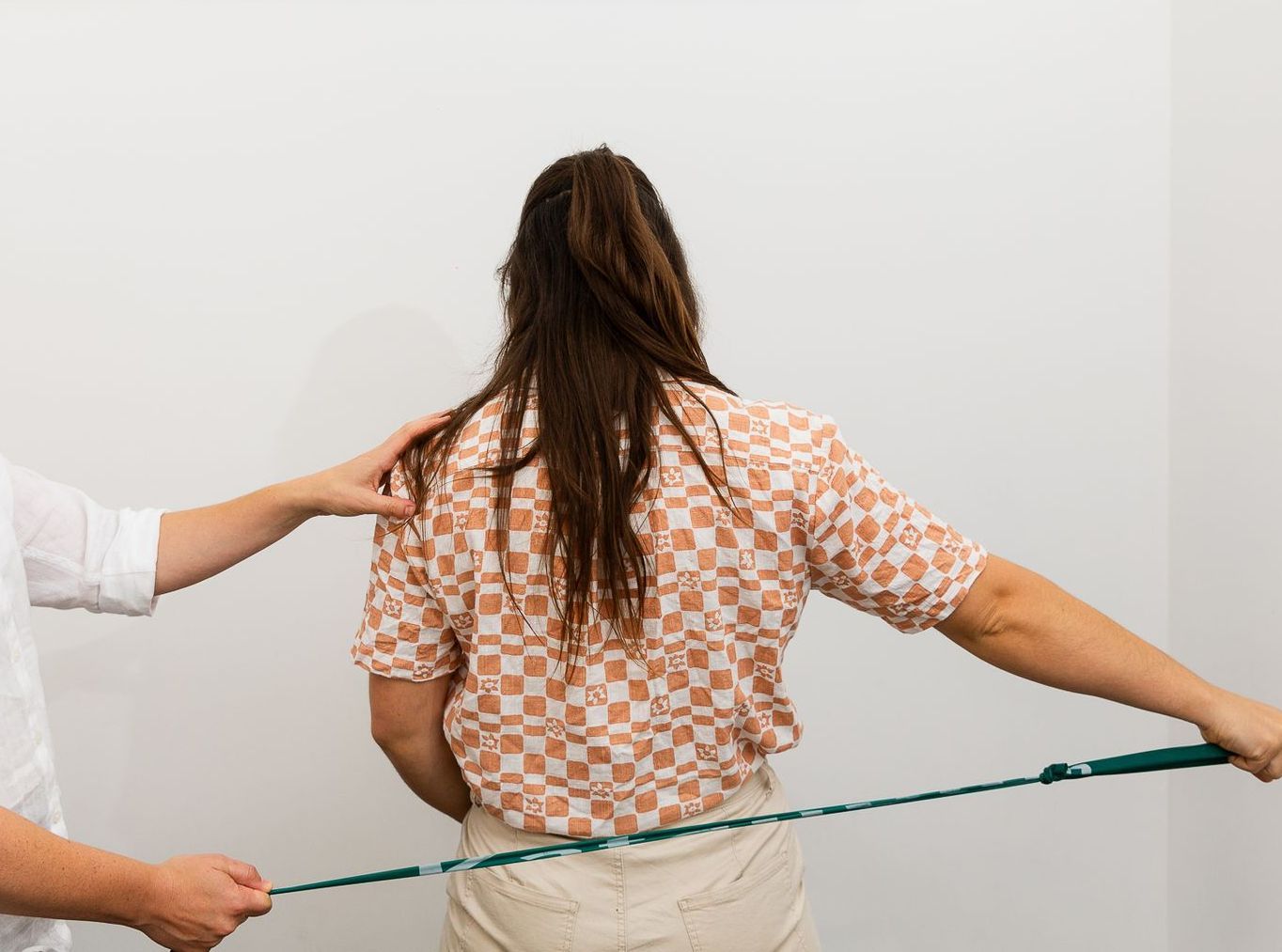How Osteopathy Helps With Sports-Related Muscle Imbalances
Stiffness on one side, poor posture during training, or nagging tightness after workouts are common signs of muscle imbalances that many active individuals overlook. For athletes and weekend warriors alike, an imbalance between opposing muscle groups doesn’t just affect performance — it can set the stage for long-term injury and recurring pain.
Muscle imbalance occurs when certain muscles become overactive and tight while their opposing groups become weak or underused. It’s especially common in sports that rely on repetitive movements, like running, swimming, weightlifting, and cycling. Over time, this imbalance may alter posture, limit range of motion, and lead to joint dysfunction.
That’s where working with an osteopath in Wollongong can make a meaningful difference. Osteopathy focuses on assessing and treating the musculoskeletal system, helping restore function, symmetry and balance — all essential for athletic longevity and injury prevention.
What Are Sports-Related Muscle Imbalances?
Simply put, a muscle imbalance occurs when one group of muscles is stronger, tighter, or more dominant than its opposing group. This can lead to uneven force distribution across joints, pulling them out of their natural alignment and disrupting movement patterns. While some degree of asymmetry is normal in every body, repetitive movements associated with sport-specific training often exaggerate these imbalances over time.
For example, favouring one side during lifting, relying on dominant leg muscles during running, or constantly using the same arm in a racquet sport can all lead to imbalances. These patterns may not cause immediate discomfort but can contribute to subtle postural changes, reduced flexibility, or increased stress on joints and soft tissue. If left unaddressed, this imbalance can affect performance and increase the risk of overuse injuries — especially during high-intensity or competitive activity.
Common examples of muscle imbalances in athletes include:
- Cyclists: Strong quads paired with underactive hamstrings or glutes, leading to hip strain and lower back discomfort.
- Swimmers: Overused chest and shoulder muscles with weaker upper back muscles, contributing to shoulder impingement.
- Runners: Tight hip flexors and calves with less activation in the glutes or core, increasing the risk of knee and ankle injuries.
- Weightlifters: Focus on pushing exercises (like bench press) while neglecting pulling movements, which can lead to rounded shoulders and postural problems.
These imbalances aren’t just about discomfort — they can compromise joint stability, restrict movement, and increase the chance of injury under load or fatigue.
How Osteopathy Approaches Muscle Imbalance
An osteopath in Wollongong doesn’t just treat the symptom — they explore what’s behind it. Osteopathy is a manual therapy that examines how bones, muscles, ligaments, and connective tissue work together to restore natural movement and function.
When addressing muscle imbalances, osteopathy often involves:
- Detailed physical assessments are needed to identify tension, weakness, or compensation areas.
- Palpation and movement testing to understand how your body functions both in stillness and motion.
- Manual therapy techniques like soft tissue massage, joint mobilisation and stretching to improve mobility and relieve tension.
- Corrective strategies such as postural retraining or exercise recommendations to support long-term improvements.
This comprehensive approach makes osteopathy particularly well-suited to addressing the layered effects of sports-related movement patterns.
The Impact of Muscle Imbalance on Performance & Injury Risk
Athletic performance depends on coordination, balance, and strength across multiple systems. When muscle imbalances occur, the body often compensates — overloading joints or shifting movement to other muscles not designed to take that strain.
Here’s how muscle imbalance can affect performance:
- Reduced range of motion: Tight or overactive muscles can limit flexibility, affecting your stride length, swing, or lift execution.
- Asymmetrical movement patterns: These can lead to uneven loading of joints and tissues, increasing the chance of sprains or strain injuries.
- Muscle fatigue and inefficiency: When one group works harder to compensate for another, you may tire faster or notice decreased endurance.
- Postural distortions: Imbalances can influence your posture, leading to back, neck, or shoulder discomfort over time.
Osteopathy addresses these patterns by working on the site of discomfort and the underlying muscular contributors, helping athletes return to their sport with a more balanced foundation.
Why See an Osteopath for Muscle Imbalance?
Many athletes use foam rollers or stretch routines to manage tightness, but these solutions often provide temporary relief. If your body consistently falls into the same patterns, it’s worth exploring a more targeted approach.
Benefits of seeing an osteopath in Wollongong for muscle imbalance may include:
- A whole-body view of movement dysfunction, not just isolated pain points.
- Hands-on treatment to support mobility, tissue health and joint alignment.
- Personalised guidance on restoring strength to underused muscles and reducing reliance on overactive ones.
- Support for injury prevention, helping reduce strain on joints and connective tissue during training.
- Enhanced recovery through improved circulation and nervous system regulation.
Because osteopathy is tailored to the individual, it can be applied across various sports and training levels — from casual gym-goers to competitive athletes.
Supporting Long-Term Musculoskeletal Health
One key goal of osteopathy is long-term musculoskeletal balance. Instead of chasing short-term fixes, the focus is on how your body moves in everyday life, how it responds to stress, and how each part interacts with the rest.
By working with an osteopath, you can:
- Build awareness of movement habits that may be contributing to imbalance.
- Address restrictions holding you back from full mobility or strength gains.
- Create space for muscles to function as they should — sharing load, stabilising joints, and moving efficiently.
- Reduce overuse stress that might otherwise lead to chronic discomfort or repetitive injuries.
For athletes and active individuals, body awareness and balance can be essential to staying in the game long-term.
Looking for an Osteopath in Wollongong?
At Align Health Therapies, we support individuals who notice uneven movement, experience recurring tension, or are looking to fine-tune their training from the inside out. Working with an osteopath in Wollongong can be a valuable step toward restoring balance, improving function, and supporting long-term musculoskeletal health. Whether recovering from a sports-related concern or aiming to move more freely, osteopathy offers a whole-body approach that focuses on how your muscles and joints work together.
Contact our team today to learn how osteopathic care can support your movement goals.








